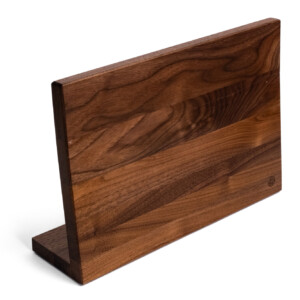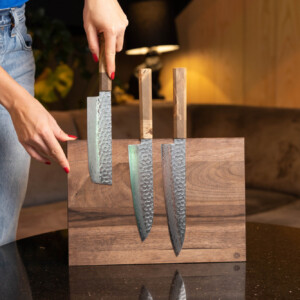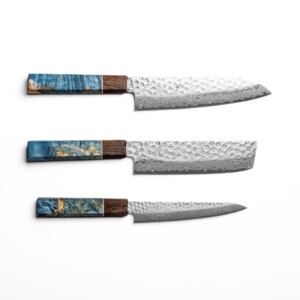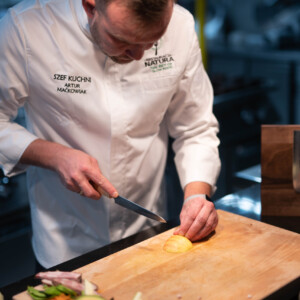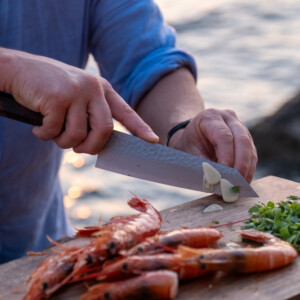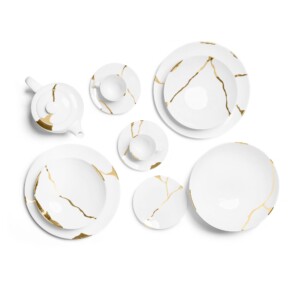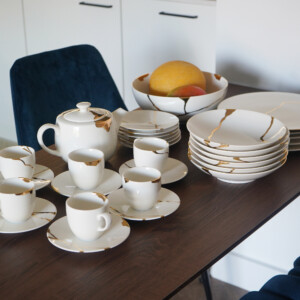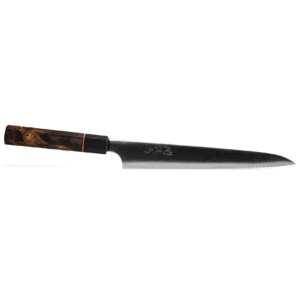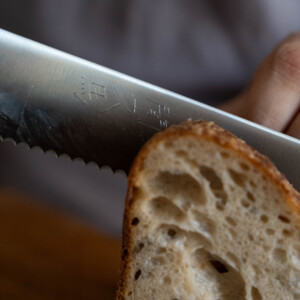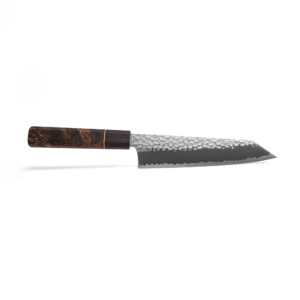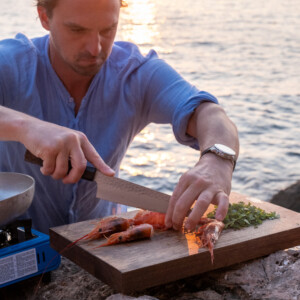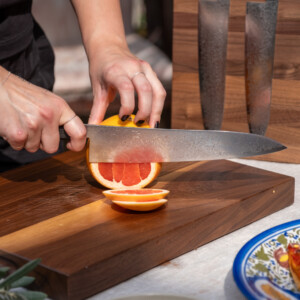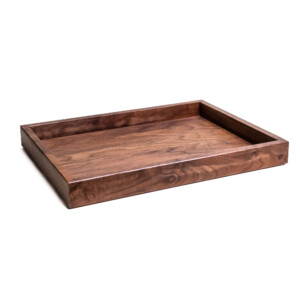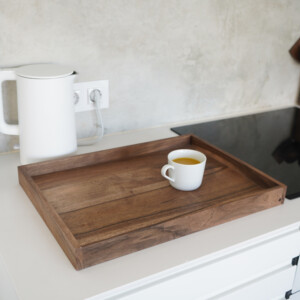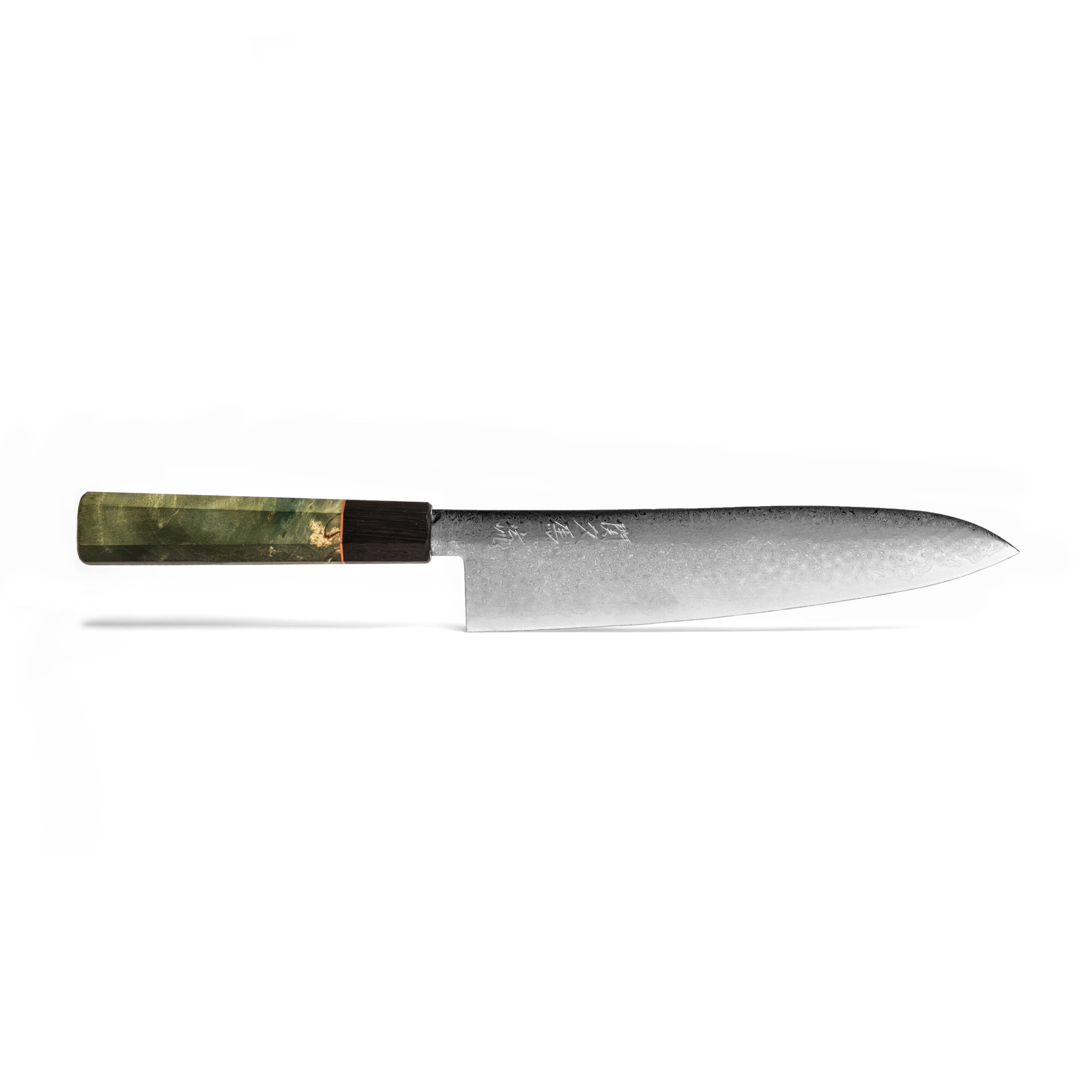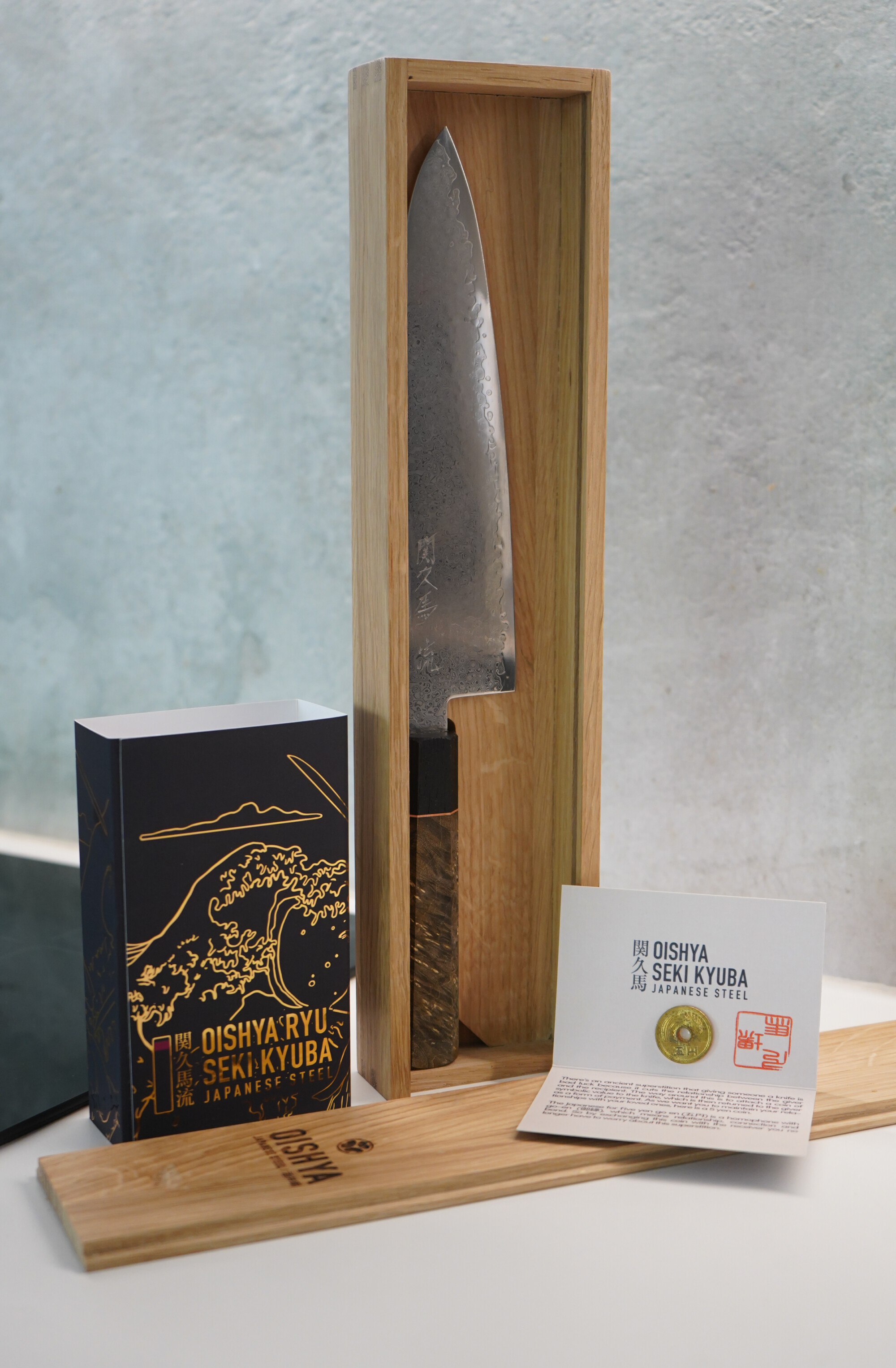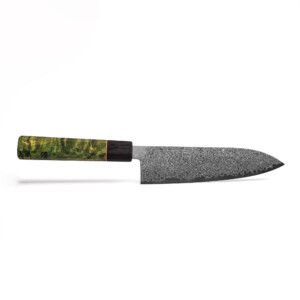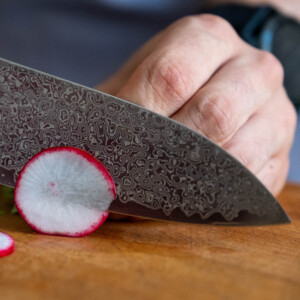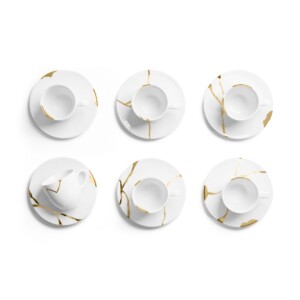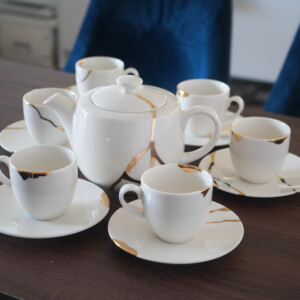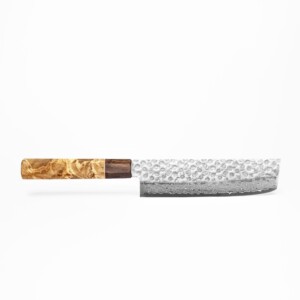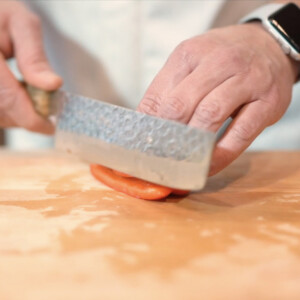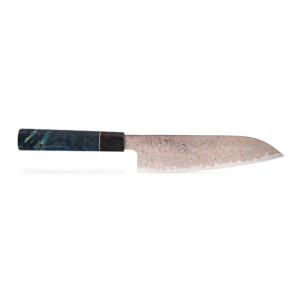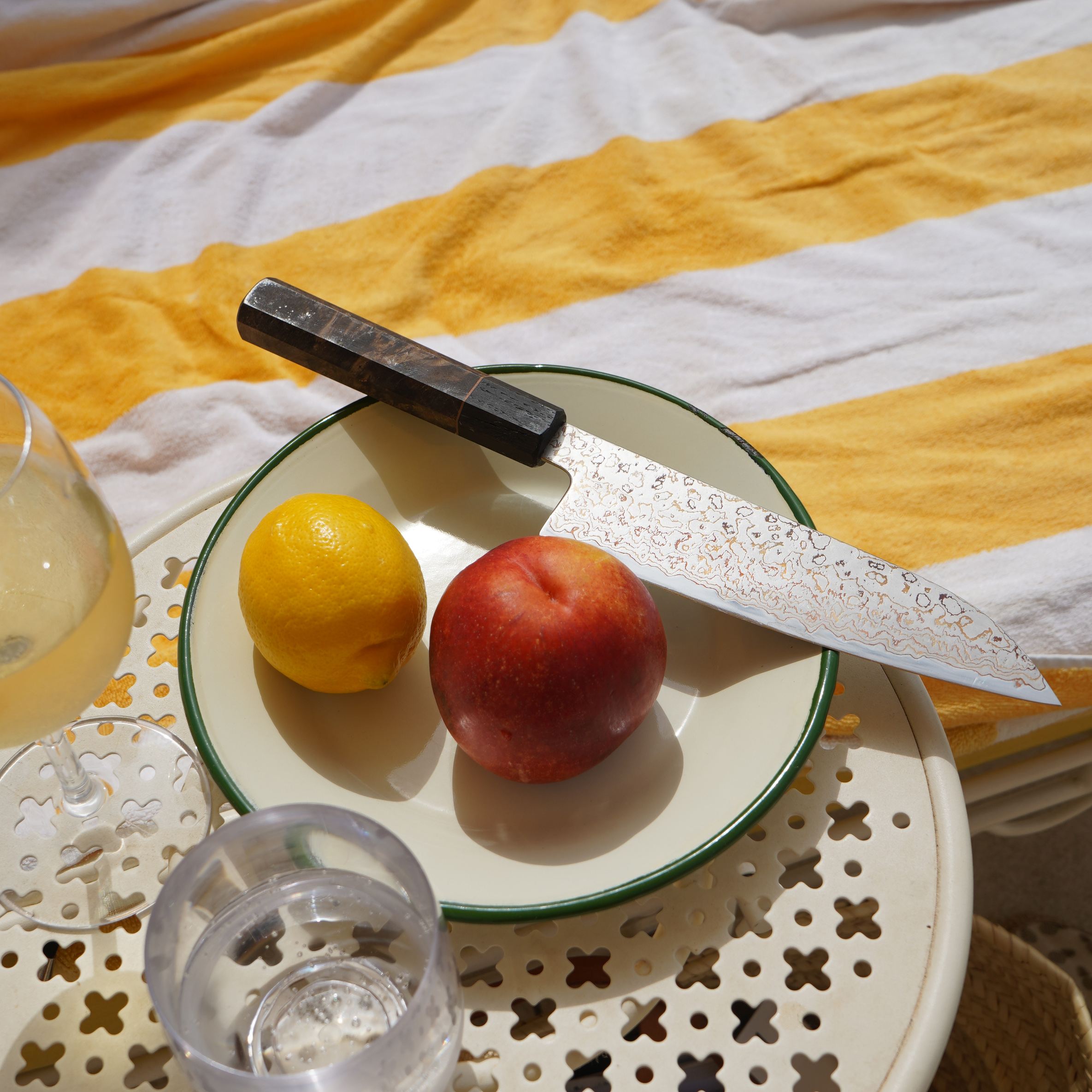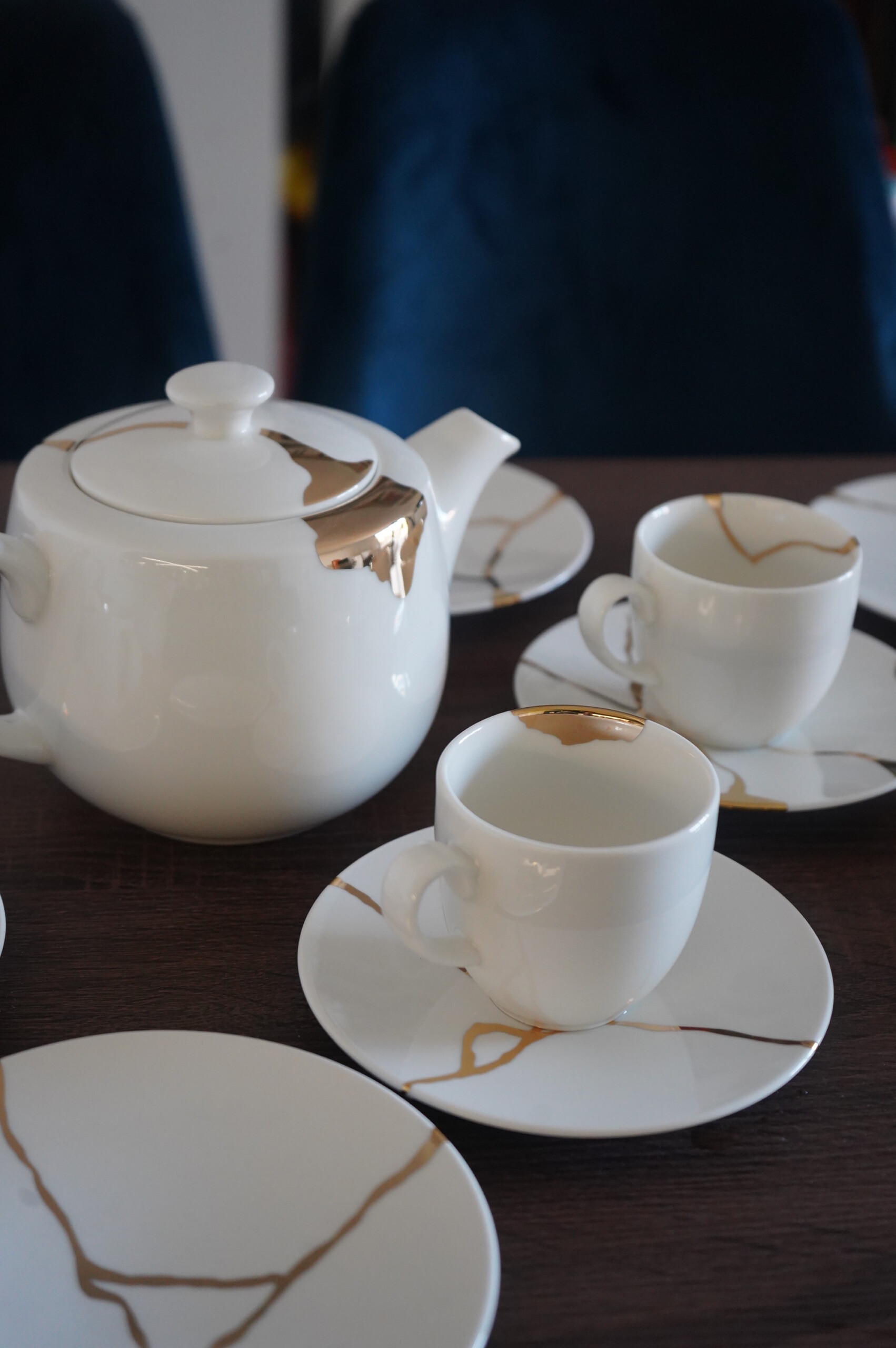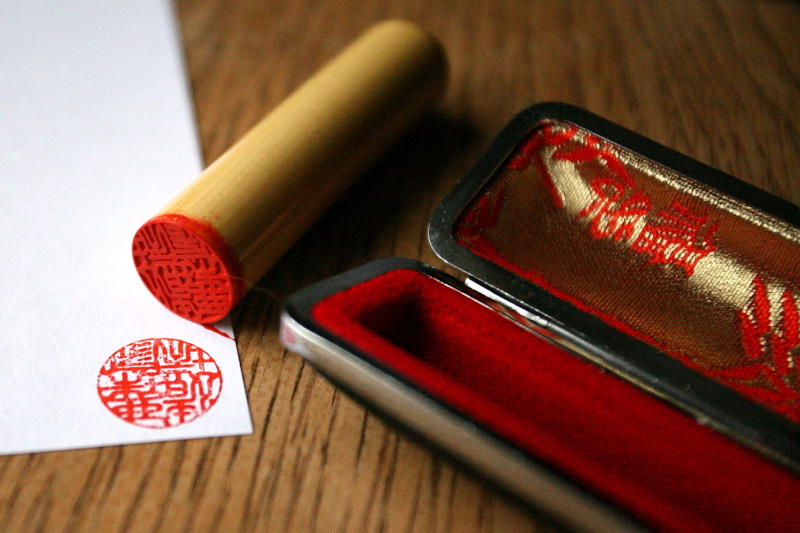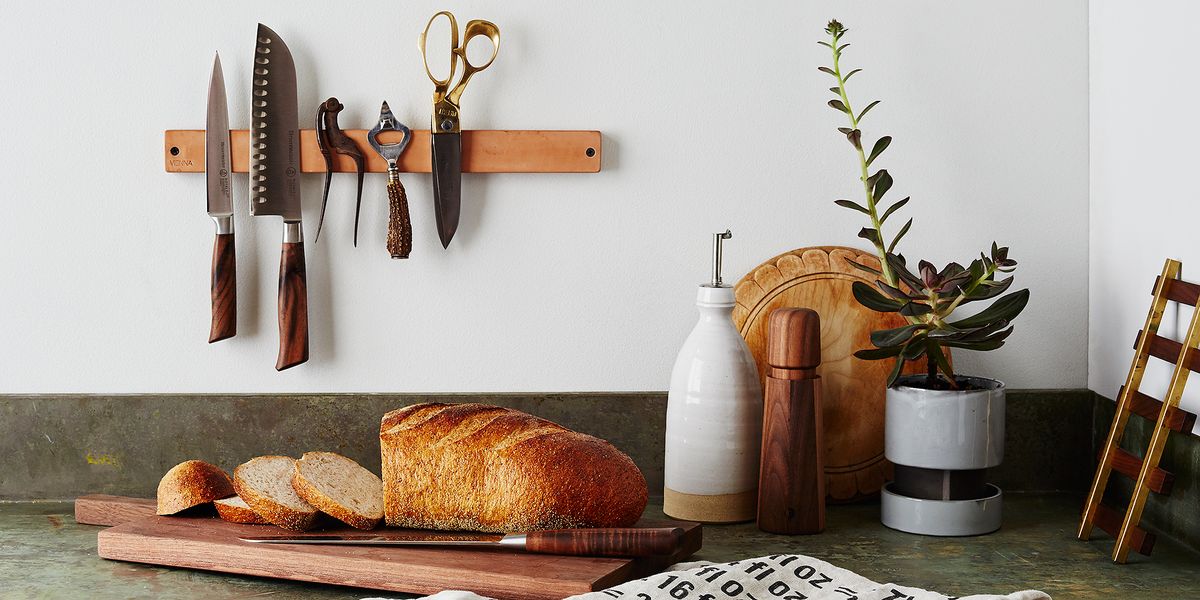Kitchen knives are more than just cutting tools—they’re the bridge between ingredients and inspiration, the instruments that transform raw potential into culinary art. Yet despite their fundamental importance in every kitchen, most home cooks know surprisingly little about what makes one knife different from another.
The truth is, all knives are decidedly not equal. The subtle differences in their anatomy—from the curve of the blade to the balance of the handle—can mean the difference between effortless precision and frustrating struggle. Whether you’re julienning vegetables for a stir-fry or breaking down a whole chicken for Sunday dinner, understanding knife anatomy empowers you to choose tools that work with your technique rather than against it.
In this comprehensive exploration, we’ll journey through the fascinating world of knife design, examining how different cultures have approached the fundamental challenge of creating the perfect cutting instrument. From the robust engineering of German blades to the refined artistry of Japanese craftsmanship, each tradition offers unique advantages that can elevate your cooking experience.
The Foundation: Understanding Basic Knife Anatomy
Before diving into regional variations, let’s establish the fundamental components that define any quality kitchen knife. Think of this as learning the vocabulary that will help you decode what makes each design special.
- The Blade: The heart of any knife, where steel meets food. The blade’s geometry—its thickness, taper, and edge angle—determines how it cuts through different ingredients.
- The Edge: The actual cutting surface, typically ground to a specific angle that balances sharpness with durability.
- The Spine: The top, non-cutting edge of the blade that provides structural strength and can be used for crushing garlic or scraping ingredients.
- The Tang: The portion of the blade that extends into the handle, crucial for balance and durability.
- The Handle: Your connection point with the knife, designed for comfort, control, and safety during extended use.
- The Bolster: A thickened junction between blade and handle (when present) that provides finger protection and balance.
Now, let’s explore how different knife-making traditions have interpreted these basic elements to create distinct cutting experiences.
German Engineering: Power Meets Precision
German knife-making represents the pinnacle of Western engineering philosophy applied to cutlery. These designs prioritize durability, versatility, and the kind of robust performance that can withstand the demanding environment of professional kitchens.
German Double Bevel with Full Bolster
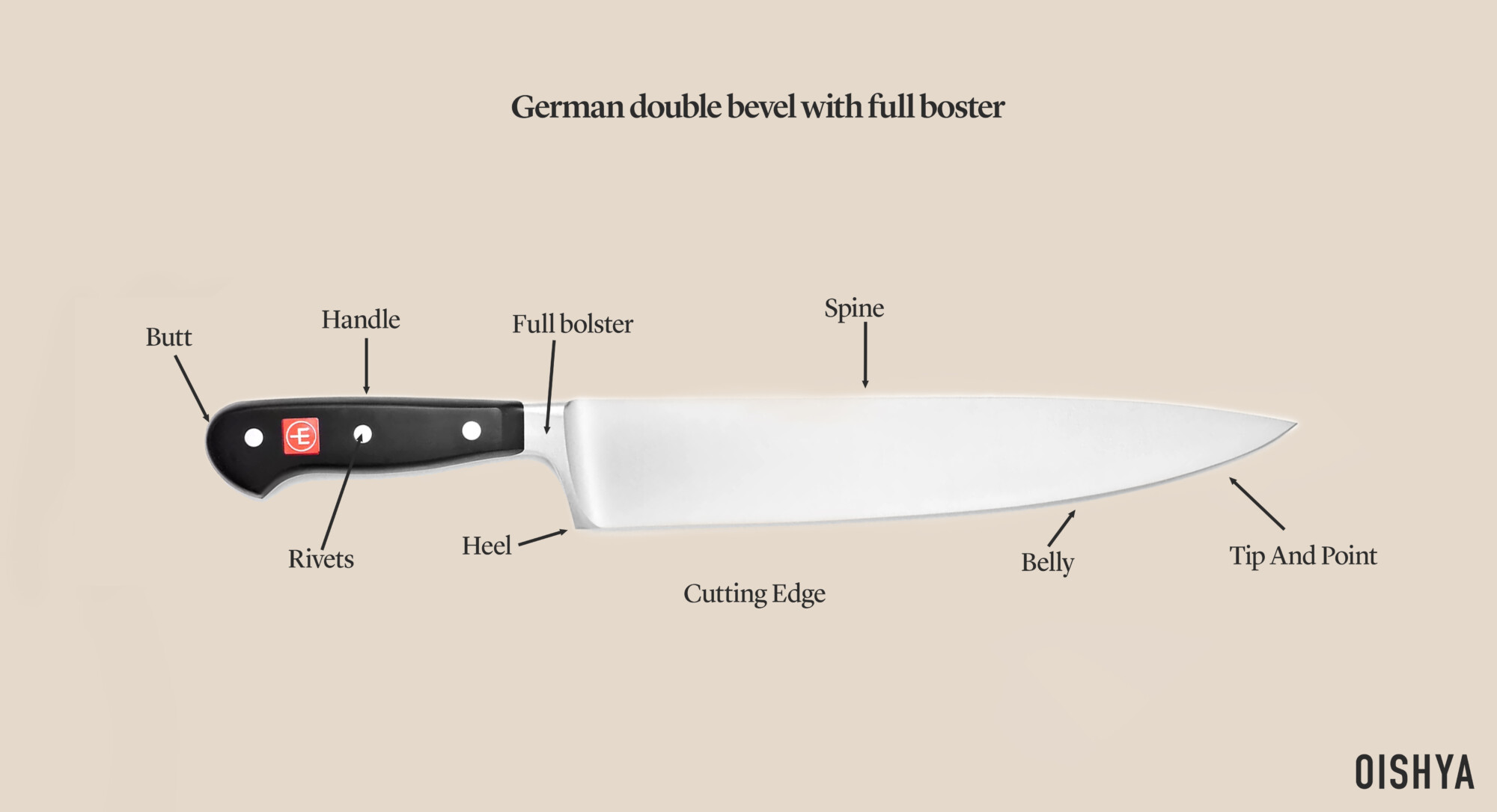
The full bolster design represents traditional German engineering at its most robust. Picture a substantial piece of steel extending from the blade all the way down to the handle’s base, creating a smooth, uninterrupted transition that screams quality and permanence.
This full bolster serves multiple purposes beyond mere aesthetics. It provides exceptional balance by adding weight at the junction point, creating a knife that feels substantial and controlled in your hand. The bolster also acts as a finger guard, preventing your hand from sliding forward onto the blade during intense cutting sessions—a safety feature that professional chefs particularly appreciate.
However, this design comes with trade-offs. The full bolster can make sharpening more challenging, as it prevents you from sharpening the entire edge length without special techniques. Additionally, after years of sharpening, the blade can develop a pronounced curve near the bolster, affecting cutting performance.
Best for: Heavy-duty tasks, professional kitchens, cooks who prioritise safety and substantial feel
German Double Bevel with Half Bolster

The half bolster represents German engineering’s response to the practical limitations of full bolsters. By reducing the bolster’s size while maintaining its protective and balancing functions, this design offers a compelling compromise.
You still get the finger protection and balance enhancement, but with improved flexibility for sharpening and edge maintenance. The reduced bolster allows for more complete edge utilization and easier restoration when the knife needs professional attention.
This design has become increasingly popular among serious home cooks who want German durability without the maintenance complications of a full bolster.
Best for: Home cooks seeking German quality with practical maintenance considerations
German Double Bevel with No Bolster
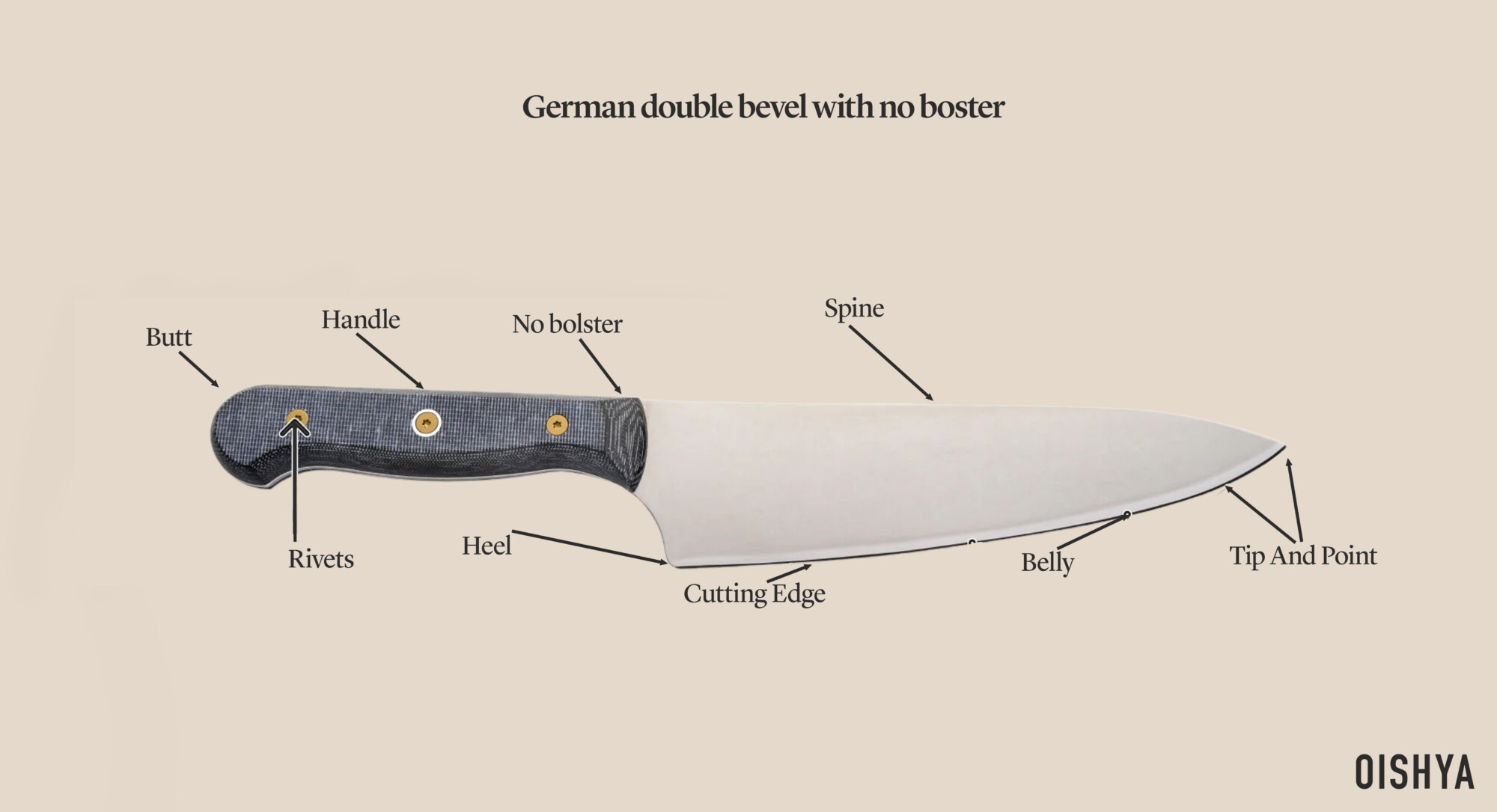
The bolster-free German design represents a more modern approach to knife making, prioritising ease of maintenance and complete edge utilisation over traditional protective features.
Without a bolster, these knives offer seamless sharpening from heel to tip, making them ideal for cooks who maintain their own edges. The weight distribution shifts more toward the handle, creating a lighter, more agile feel that some cooks prefer for precision work.
However, you lose the finger protection and some of the substantial feel that bolsters provide. These knives require more conscious hand placement and technique to avoid accidents.
Best for: Experienced cooks who maintain their own knives, those preferring lighter, more agile tools
Unibody Hollow Handle
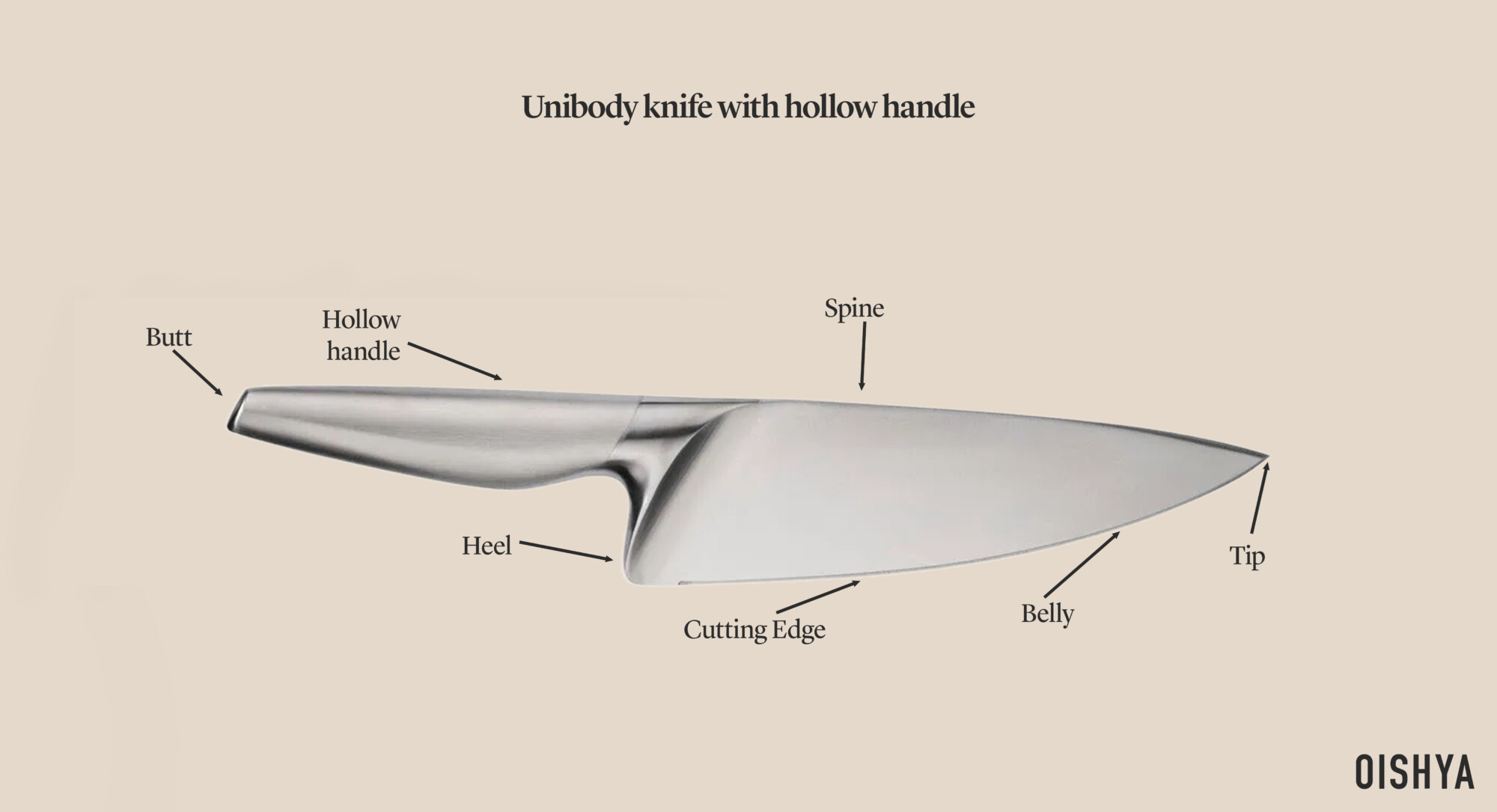
This innovative design represents modern manufacturing meeting traditional performance. The entire knife—blade, tang, and handle—is constructed from a single piece of steel, with the handle portion formed into a hollow shape and often covered with grip-enhancing materials.
The unibody construction ensures perfect balance and eliminates any possibility of handle separation—a concern with some traditional construction methods. The hollow handle keeps weight manageable while maintaining structural integrity.
These knives often feature excellent corrosion resistance and easy cleaning, as there are no seams or joints where bacteria can hide. However, they can sometimes feel less substantial in hand compared to traditional full-tang designs.
Best for: Professional environments requiring easy sanitisation, cooks prioritising durability and low maintenance
Japanese Artistry: Where Tradition Meets Innovation
Japanese knife-making represents a fundamentally different philosophy from Western approaches. Where German knives emphasise robustness and versatility, Japanese designs pursue the ideal of effortless cutting through superior steel, precise geometry, and thoughtful ergonomics.
Japanese Double Bevel with Western Handle With Bolster
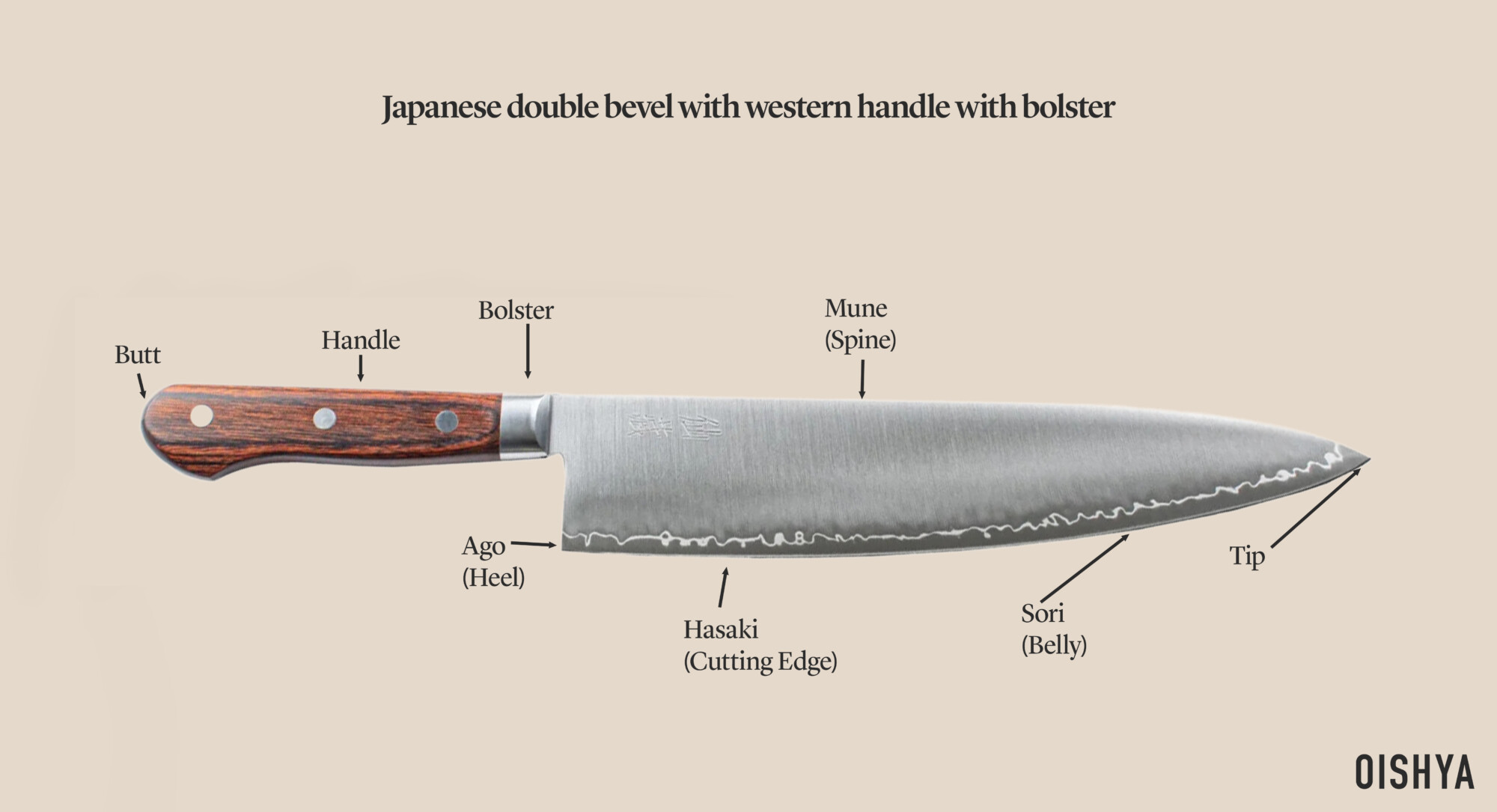
This design represents the beautiful marriage of Japanese blade technology with Western handle ergonomics. You get the exceptional steel quality and precise edge geometry that Japanese smiths are renowned for, paired with the familiar, robust handle design that Western cooks are accustomed to.
The bolster in these knives is typically smaller and more refined than German versions, providing subtle finger protection without interfering with edge maintenance. The blade steel is often significantly harder than German equivalents, allowing for keener edge angles and superior edge retention.
These knives bridge cultures beautifully, offering Japanese cutting performance in a package that feels familiar to cooks transitioning from Western knives.
Best for: Cooks wanting Japanese performance with familiar handling characteristics
Japanese Double Bevel with Wa Handle
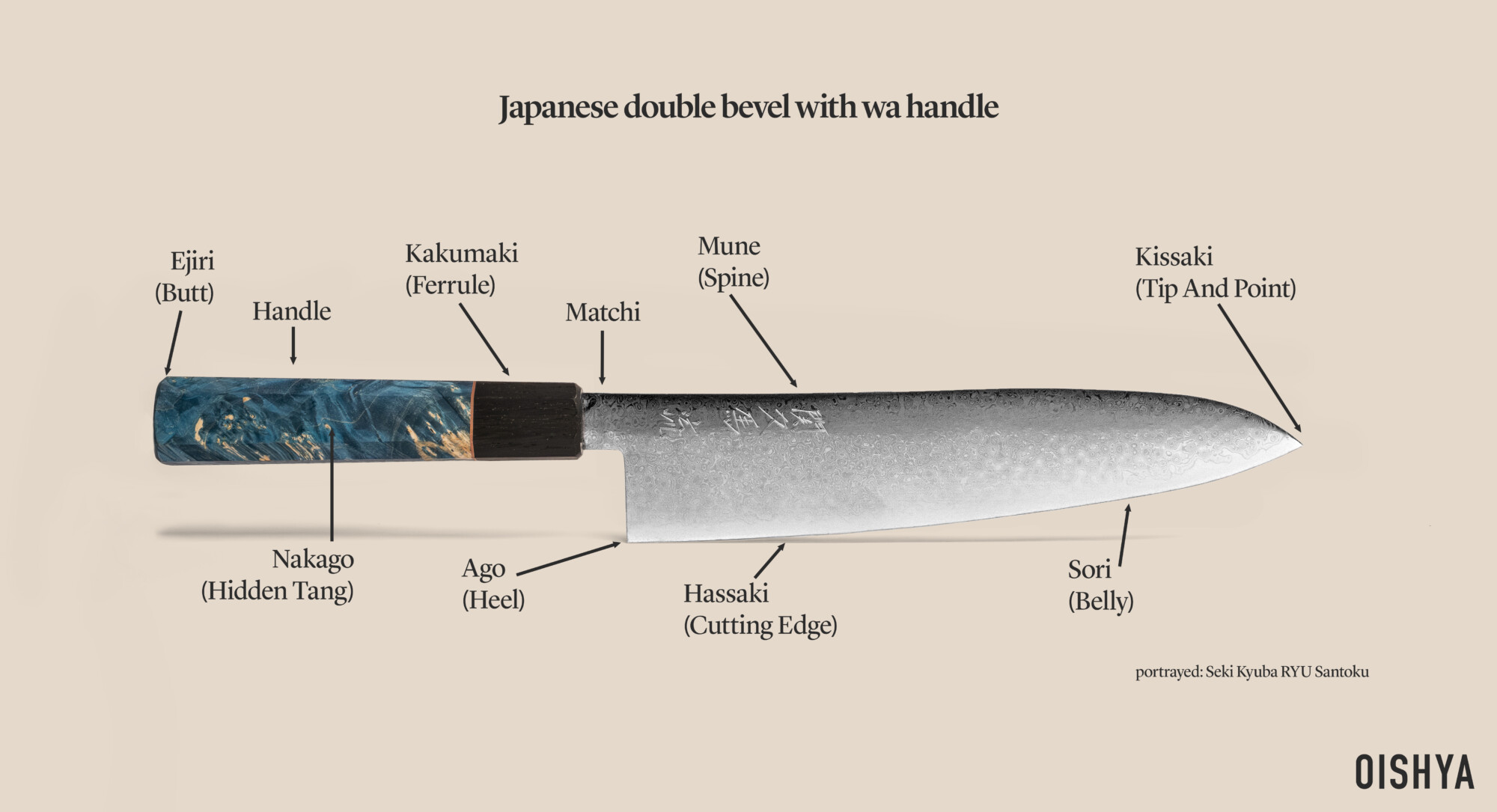
Here we encounter what many consider the pinnacle of kitchen knife design for serious home cooks. The wa handle—a traditional Japanese octagonal or D-shaped wooden handle—represents centuries of refinement in ergonomic design.
The wa handle’s genius lies in its simplicity. The octagonal shape naturally positions your hand in the optimal cutting position, while the lightweight wood keeps the knife’s balance point forward toward the blade. This creates an incredibly nimble, precise cutting experience that reduces hand fatigue during extended prep sessions.
The absence of a bolster isn’t a design oversight—it’s intentional. Without a bolster, you can utilize the entire edge length, and sharpening becomes a straightforward process from heel to tip. The blade-to-handle transition is seamless, allowing for complete control and maximum cutting efficiency.
The steel in these knives typically represents the absolute best of Japanese metallurgy. Whether it’s VG-10, SG2, or traditional carbon steels, these blades hold incredibly keen edges while remaining surprisingly easy to maintain with proper technique.
For home cooks who spend significant time in the kitchen, this design offers unmatched comfort and performance. The lightweight handle reduces wrist strain, the precise balance enhances control, and the superior steel makes every cut effortless.
Best for: Serious home cooks, those who appreciate traditional craftsmanship, anyone seeking the ultimate in cutting precision and comfort
Japanese Single Bevel with D Handle
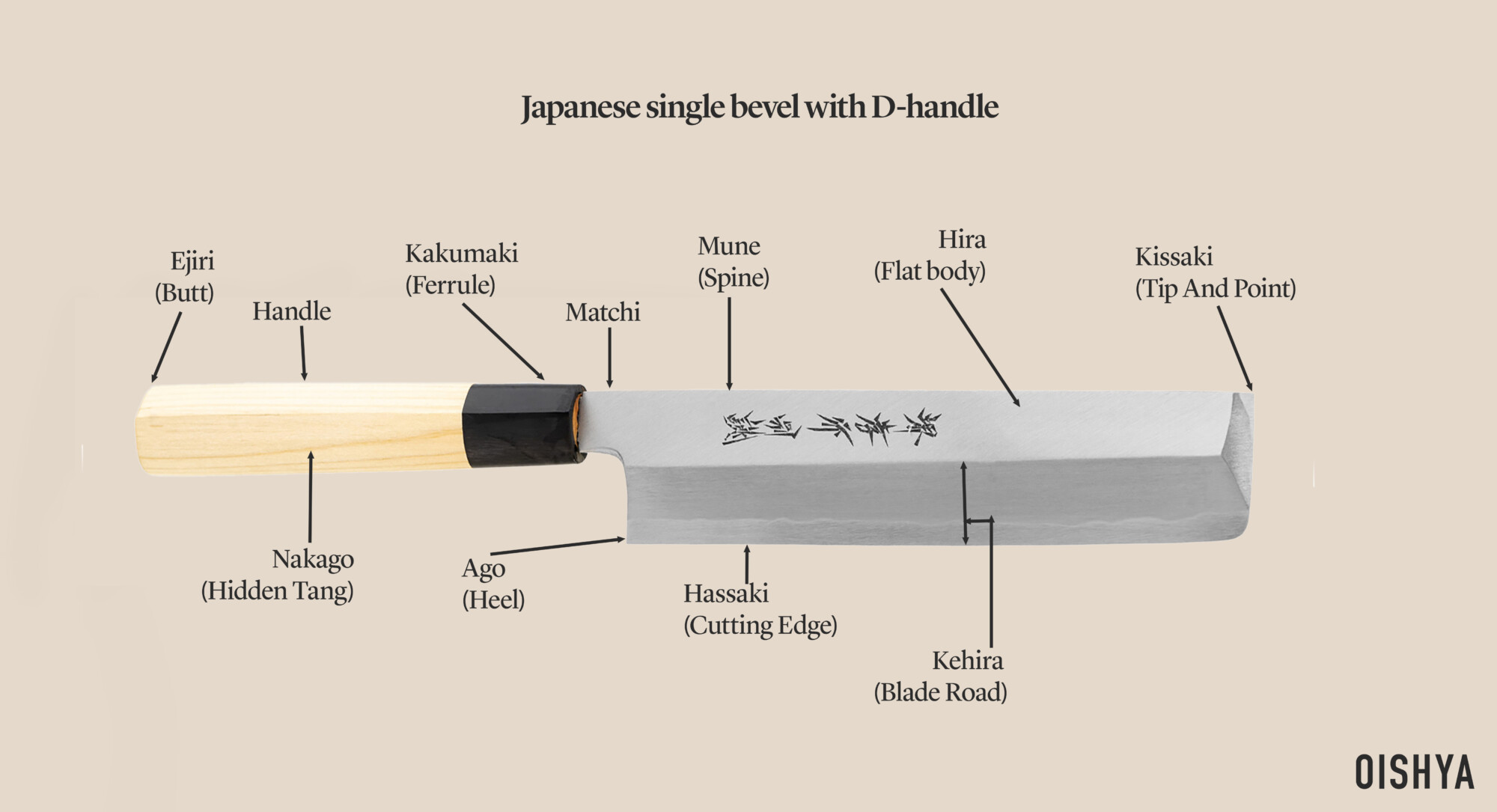
Single bevel knives represent the most specialised end of the Japanese knife spectrum. These are the tools of sushi masters and vegetable artisans, designed for specific tasks that require absolute precision.
The D-shaped handle is asymmetric, designed specifically for right-handed or left-handed use. This isn’t just about comfort—the handle shape works in harmony with the single bevel blade to create cutting motions that are almost meditative in their precision.
Single bevel knives excel at specific tasks: creating paper-thin vegetable slices, precisely filleting fish, or achieving the kind of cuts that make ingredients seem to fall apart rather than being forced apart. They require more technique to master but reward skilled users with unparalleled precision.
Best for: Specialised tasks, experienced cooks interested in traditional Japanese techniques, those pursuing sushi or kaiseki cooking
Beyond the Mainstream: Other Notable Designs
The knife world extends far beyond German and Japanese traditions. French knives often feature elegant, thin profiles with traditional riveted handles. Scandinavian designs emphasise clean lines and laminated steel construction. Chinese cleavers represent an entirely different approach to versatility, with large, rectangular blades that serve as cutting board, crusher, and precision instrument all in one.
Each tradition reflects the culinary needs and cultural values of its origin, offering unique advantages for specific cooking styles and preferences.
The Superior Choice for Modern Home Cooks
While every knife design has its merits, the Japanese double bevel with wa handle emerges as the optimal choice for most serious home cooks. Here’s why this design consistently outperforms alternatives in real-world kitchen use:
- Ergonomics: The wa handle’s octagonal shape naturally guides your hand into the proper grip, reducing fatigue and improving control during extended cooking sessions.
- Maintenance Simplicity: Without a bolster, these knives sharpen easily and completely, allowing home cooks to maintain professional-level sharpness with basic skills.
- Steel Superiority: Japanese steel technology produces blades that hold keener edges longer than Western alternatives, meaning less frequent sharpening and more consistent performance.
- Cultural Wisdom: The design represents centuries of refinement by a culture that elevated cooking to an art form. Every element serves a purpose, nothing is superfluous.
- Balance: The lightweight handle keeps the balance point forward, creating a nimble, responsive feel that makes precision cuts effortless.
- Versatile Performance: Despite their refined appearance, these knives handle everything from delicate herbs to dense root vegetables with equal grace.
Making Your Choice
Understanding knife anatomy empowers you to make informed decisions based on your cooking style, maintenance preferences, and aesthetic values. Consider how you cook, what tasks you perform most frequently, and how much time you want to invest in knife care.
For the home cook who views cooking as both necessity and passion, who appreciates the meditation found in proper knife work, and who understands that the right tools can transform the entire culinary experience, the Japanese double bevel with wa handle represents the perfect fusion of performance, comfort, and timeless design. The journey from ingredient to plate begins with a single cut. Make it count … or as The Bear chefs would say – “Every Second Counts” 😉.
